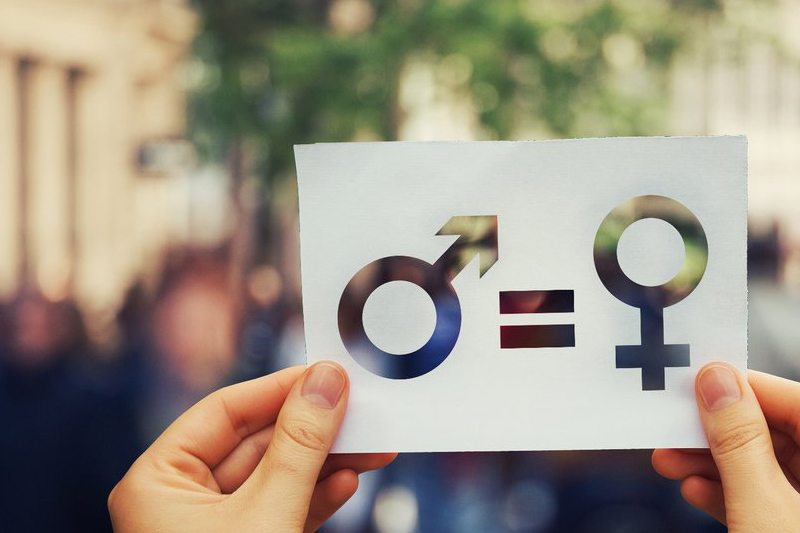Australian gender pay gap report highlights disparities in top companies
The release of gender pay gap data in Australia has shed light on disparities in compensation across major industries in the country. This data, disclosed on Tuesday, provides valuable insights into the magnitude of gender pay gaps and underscores ongoing challenges in achieving gender equality in the workplace. The disclosure of this data comes in response to legislation passed in March 2023 which mandated companies with over 100 employees to reveal pay differentials between male and female staff.
The data, compiled by the Workplace Gender Equality Agency (WGEA), uncovered significant differences in median total remuneration, median base pay, and average total pay. The median overall pay gap of 19% highlighted the persistent inequality in compensation structures. Additionally, the gaps in median base pay and average total pay were 14.5% and 21.7% respectively, further emphasizing gender pay disparities across the economy.
A detailed examination of the data revealed substantial variations in gender pay gaps among different companies and industries. While some organizations showed relatively modest pay gaps, others displayed significant disparities. For example, grocery chain Woolworths exhibited a modest gender pay gap of 5.7%, indicating a more equitable compensation structure. In contrast, companies such as Commonwealth Bank, national carrier Qantas, and oil and gas firm Woodside Energy reported larger gender pay gaps, exceeding the national average. These findings underscore the need to address systemic imbalances in compensation practices across various sectors.
Minister for Women, Katy Gallagher, expressed concern over the prevalence of gender pay gaps and emphasized the government’s commitment to driving organizational change. She stressed the importance of addressing gender discrepancies in compensation to ensure equal opportunities for men and women in the workplace. Plans to disclose pay gap data of public companies and agencies next year signal a proactive approach towards enhancing transparency and accountability in promoting gender pay equality. The government is also exploring supportive measures to address gender disparities in the workplace, including initiatives aimed at increasing female representation in leadership roles and advocating for pay equity.
The release of gender pay gap data in Australia provides valuable insights into the ongoing challenges of achieving gender balance in the workplace. While the findings uncover persistent disparities, they also present an opportunity for policymakers and organizations to implement targeted interventions aimed at addressing systemic imbalances in compensation practices. By collaborating to promote pay equity and create more inclusive work environments, Australia can take significant steps towards achieving gender parity within the workforce.



Comments
Post a Comment